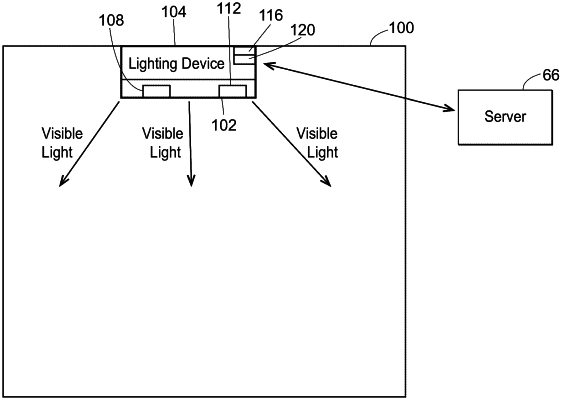| CPC F21V 5/04 (2013.01) [A61L 2/084 (2013.01); A61L 2/24 (2013.01); A61L 9/18 (2013.01); A61L 9/20 (2013.01); A61N 5/06 (2013.01); F21K 9/00 (2013.01); F21S 8/026 (2013.01); F21V 7/00 (2013.01); F21V 19/006 (2013.01); F21V 23/0442 (2013.01); F21V 23/0471 (2013.01); F21V 29/70 (2015.01); F21V 33/0068 (2013.01); H01L 33/50 (2013.01); H05B 45/20 (2020.01); H05B 45/56 (2020.01); H05B 47/10 (2020.01); H05B 47/105 (2020.01); H05B 47/175 (2020.01); H05B 47/19 (2020.01); A61L 2202/11 (2013.01); A61L 2202/14 (2013.01); A61L 2202/25 (2013.01); A61L 2209/111 (2013.01); A61L 2209/12 (2013.01); A61N 5/0624 (2013.01); A61N 2005/0662 (2013.01); F21V 15/01 (2013.01); F21V 23/06 (2013.01); F21V 31/005 (2013.01); F21W 2131/20 (2013.01); F21Y 2101/00 (2013.01); F21Y 2105/10 (2016.08); F21Y 2113/00 (2013.01); F21Y 2113/13 (2016.08); F21Y 2115/10 (2016.08); H01L 33/505 (2013.01); H05B 47/13 (2020.01); H05B 47/165 (2020.01); H05B 47/17 (2020.01)] | 13 Claims |

|
1. A method of inactivating one or more pathogens in an environment, the method comprising:
providing light from at least one lighting element of a lighting device installed in the environment, the at least one lighting element configured to provide light toward a target area in the environment, the provided light having at least a pathogen-inactivating first component in a first range of wavelengths of 400 nanometers to 420 nanometers,
wherein the pathogen-inactivating first component of light produces an irradiance of at least 0.01 mW/cm2 as measured at a surface in the target area that is unshielded from the lighting device and located at a distance of 1.5 meters from an external-most luminous surface of the lighting device,
wherein providing the light causes the one or more pathogens to be inactivated,
wherein the provided light is white light having u′, v′ coordinates on the 1976 CIE Chromaticity Diagram that lie within an area that is bounded (i) vertically between 0.035 Duv below and 0.035 Duv above a planckian locus defined by the ANSI C78.377-2015 color standard, and (ii) horizontally between a correlated color temperature (CCT) isoline of between approximately 1500K and 7000K.
|